▏380 Artists, 51 Countries, 14 Years — A Community Embroidery Project Connects Women Around the Globe
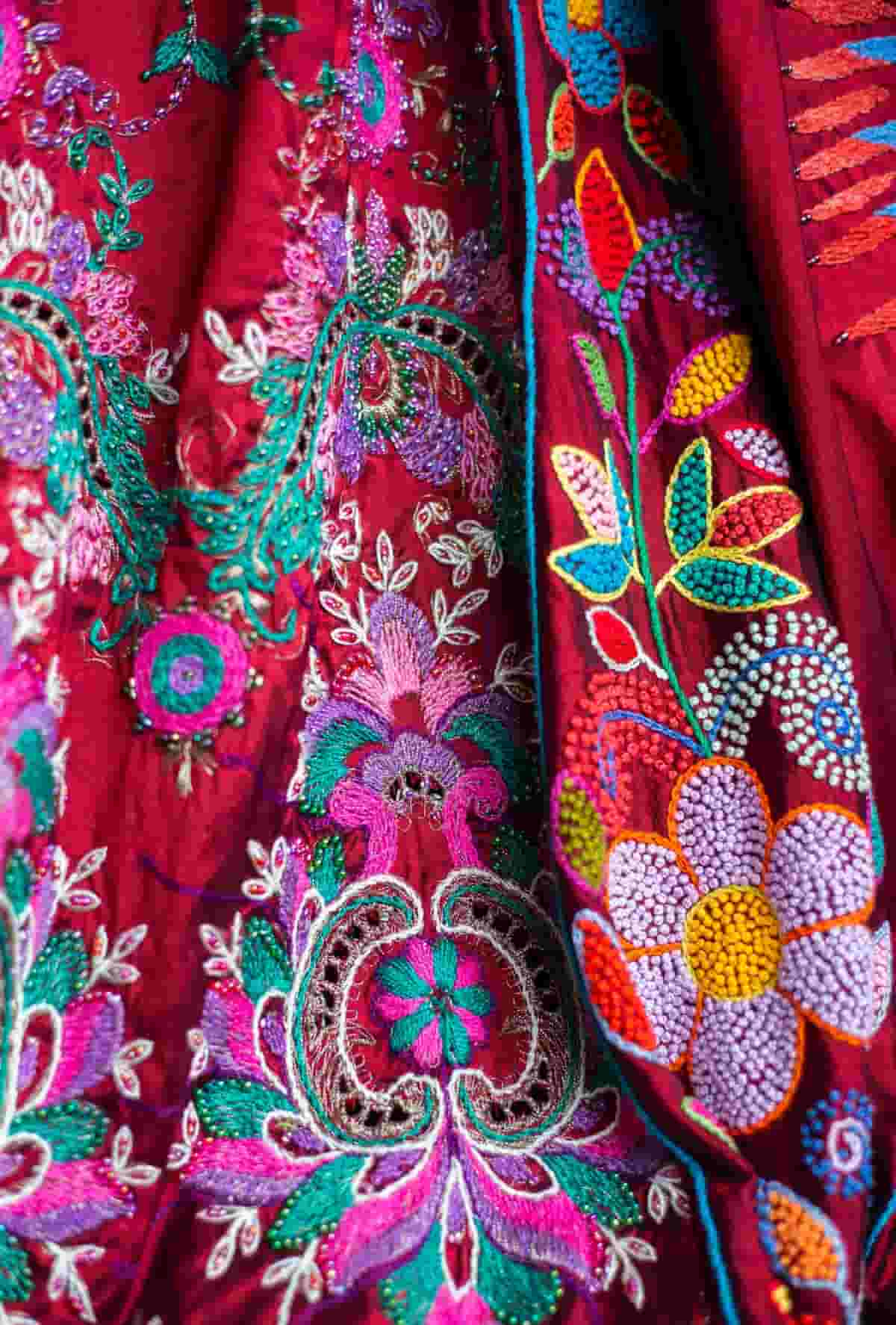
▏In her early 20s, artist Kirstie Macleod became intimately aware of the ways working with a shared purpose has the potential to form immediate bonds.
Macleod spent her childhood living around the world, moving from Venezuela to countries like Nigeria, Japan, and Canada, to name a few. At 21, she traveled to India, where she immersed herself in the country’s textile industry and craft traditions. She didn’t speak the language but found a connection, in part, through making. “I’d often be with people with whom I couldn’t communicate with words, but I could sit with them and stitch a jacket,” she told Crafts Council.
She clung to the idea that embroidery could serve as both a physical and symbolic link between people from different backgrounds, ideologies, and religions, and in 2009, she launched “The Red Dress,” a collaborative project featuring embroideries by hundreds of artisans around the world.
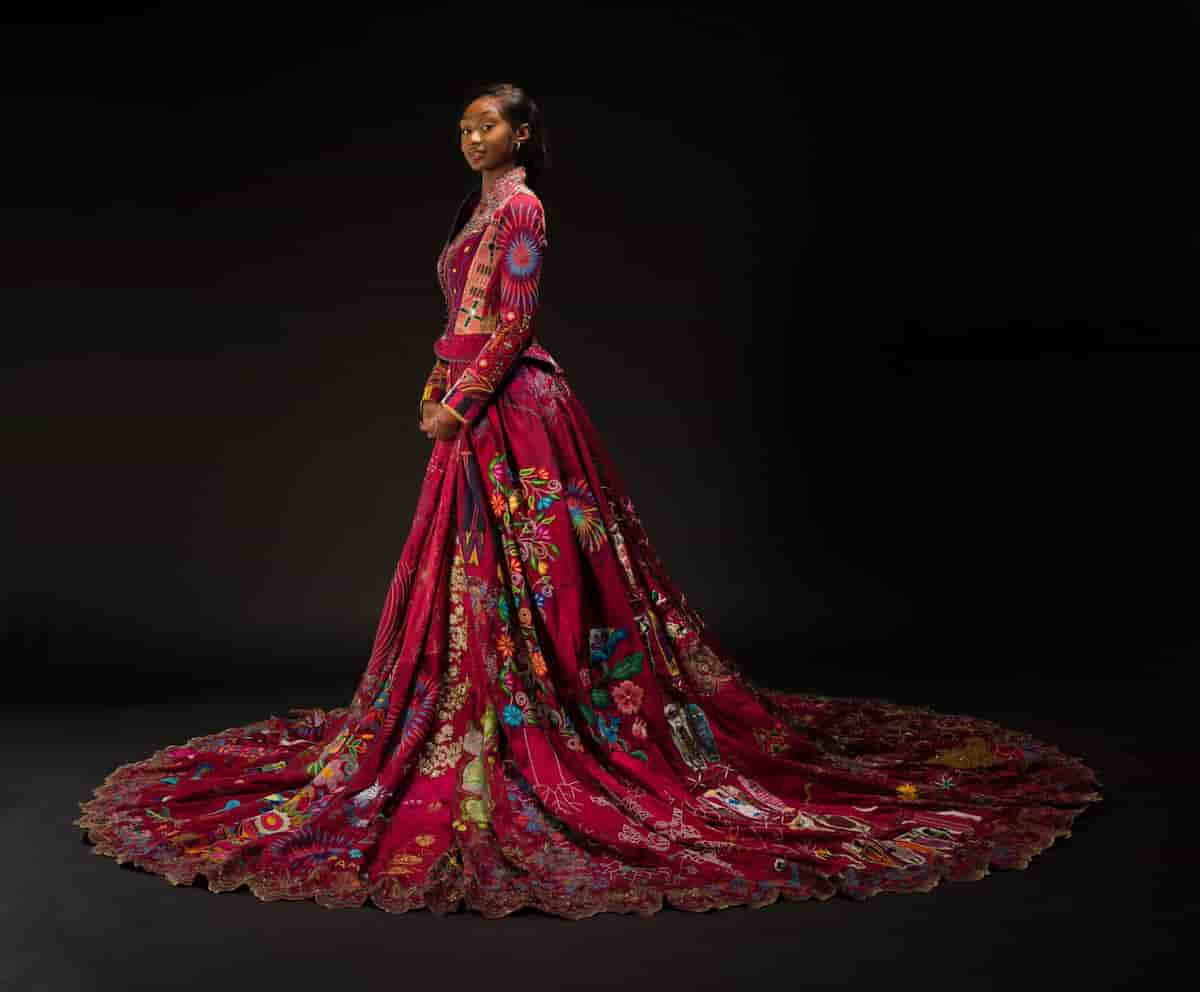
▏In Egypt, about 50 Bedouin Jabaliya women who are part of the FanSina collective created herbal motifs with curved flourishes inspired by their Mt. Sinai surroundings. During an exhibition in Warsaw, a group of Ukrainian refugees melded long stitches with tight French knots to render a bright yellow sunflower with one petal in pale blue. And in Chiapas, artist Zenaida Aguilar sewed a pointillistic patch of native flora and fauna, a symbol of her ability to thrive and support herself after leaving an abusive marriage.
Aguilar’s story isn’t unique among those involved in “The Red Dress,” many of whom are women in vulnerable positions in their communities and living on little means. Part of the project is to ensure that artists are compensated and have the opportunity to sell more of their work in the future. In total, Macleod commissioned 141 embroiderers to contribute, and these artists will continue to receive a portion of exhibition fees, profits, and sales through the project’s Etsy shop.
Additional contributions came from enthusiastic audiences along the way. A total of 380 embroiderers from 51 countries have since laid millions of stitches on the panels of burgundy silk dupion.
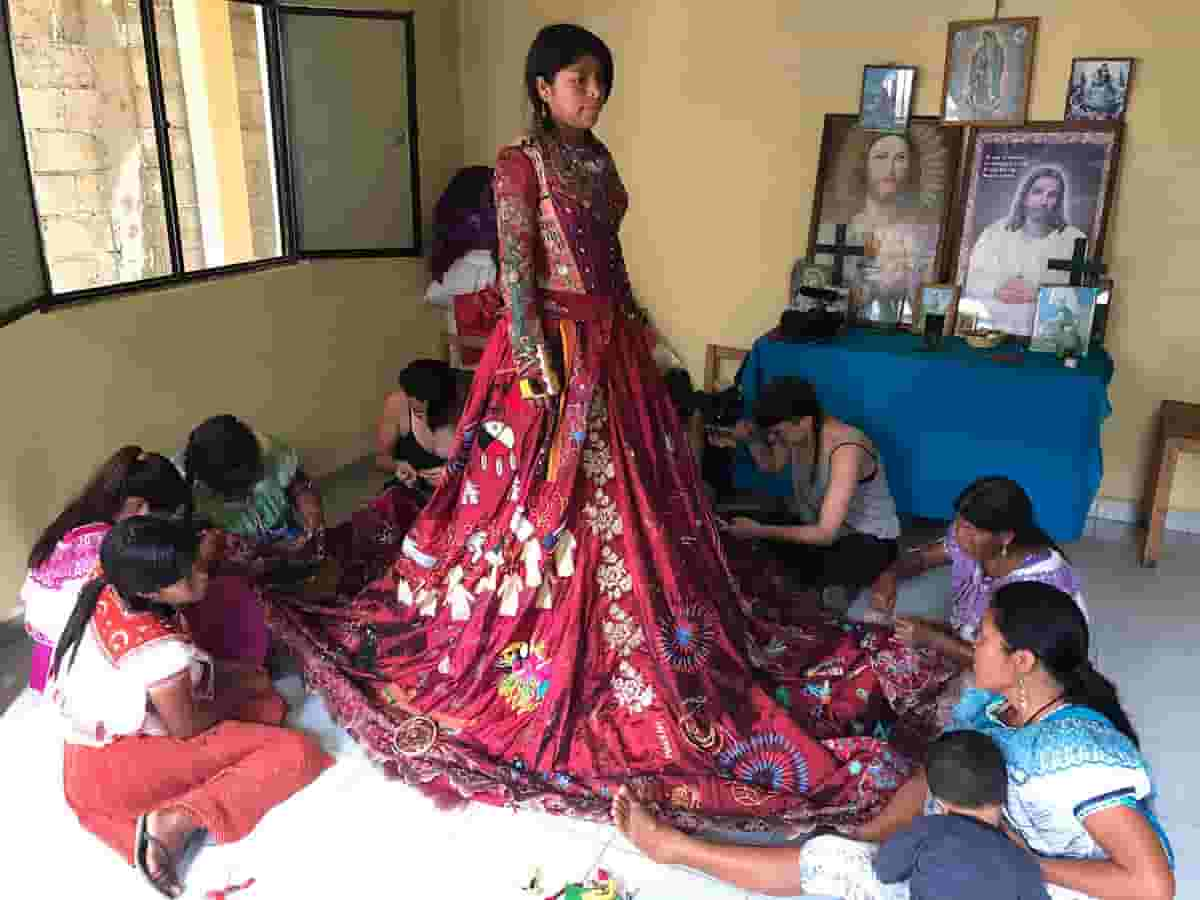
▏The form of the dress is also emblematic. A garment historically associated with feminity, the gown is regal and elegant, if not conservative, with full-length sleeves, a corsetted bodice, and a wide, billowing skirt. Literally covering the wearer’s body with the contributions of artists around the world, the 6.8-kilogram dress “is weighted as much by the individual stories and collective voices waiting to be heard as by the threads and beads that adorn it.”
Macleod wrapped up the project in June, 14 years and 3 months after it began. The dress is currently touring and on view at The Frick Pittsburgh, with a stop at Fuller Craft Museum in Massachusetts in February 2024. Additional shows are scheduled around the world through 2026. “I intend to bring the garment back to all the commissioned artisans who shared their voices in the cloth, so they can exhibit their own work alongside ‘The Red Dress’ in their chosen venue, in their own country,” she says. “I am about halfway so far!”
As “The Red Dress” makes its way around the world once again, Macleod is also in the process of culling 150 hours of footage into a documentary and creating a book to share the project with a broader audience. Ultimately, she says, the dress is about peace and unity, “remind(ing) us what is possible when we come together in community and collaboration, supporting and uplifting one another rather than trying to walk this life alone.”
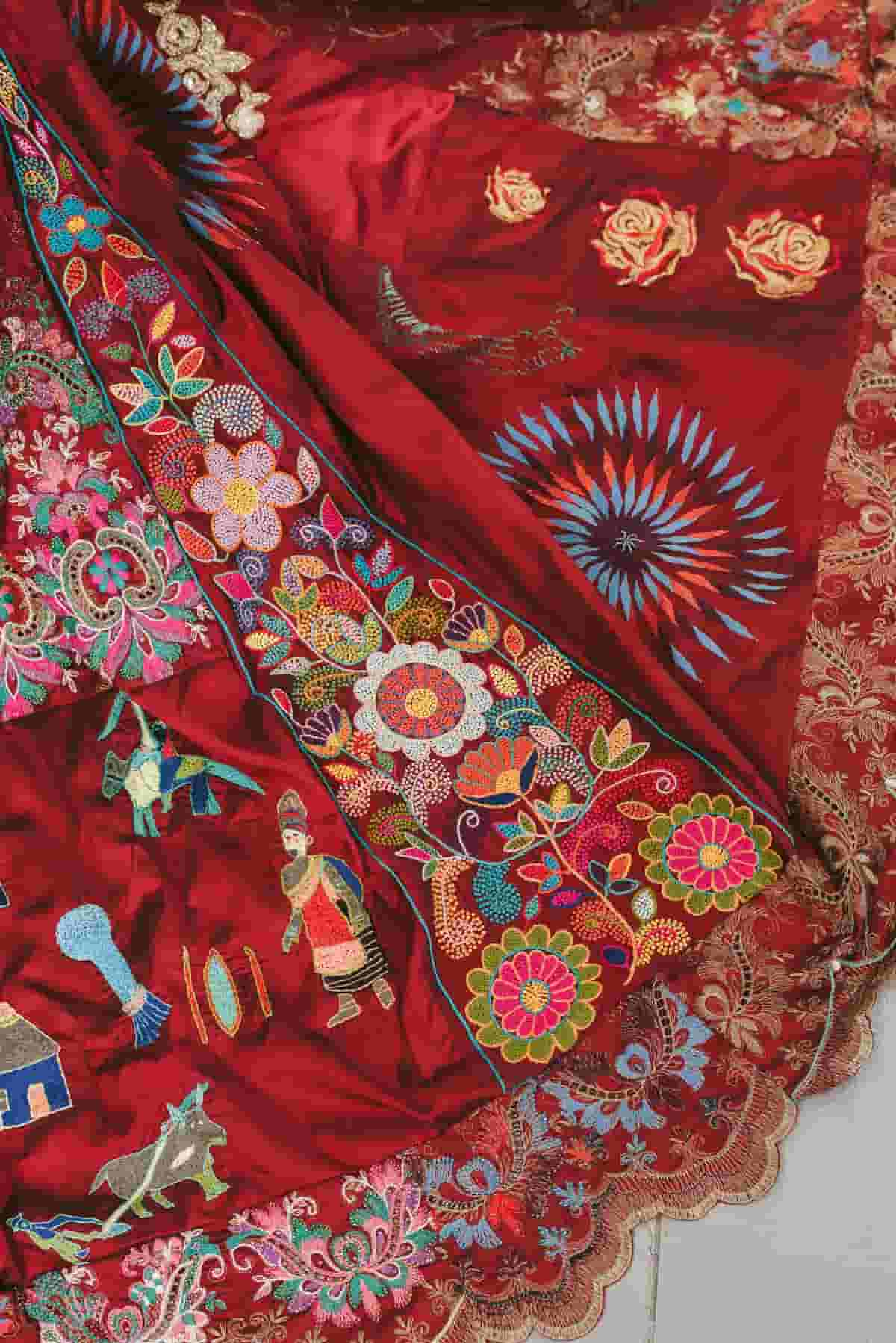
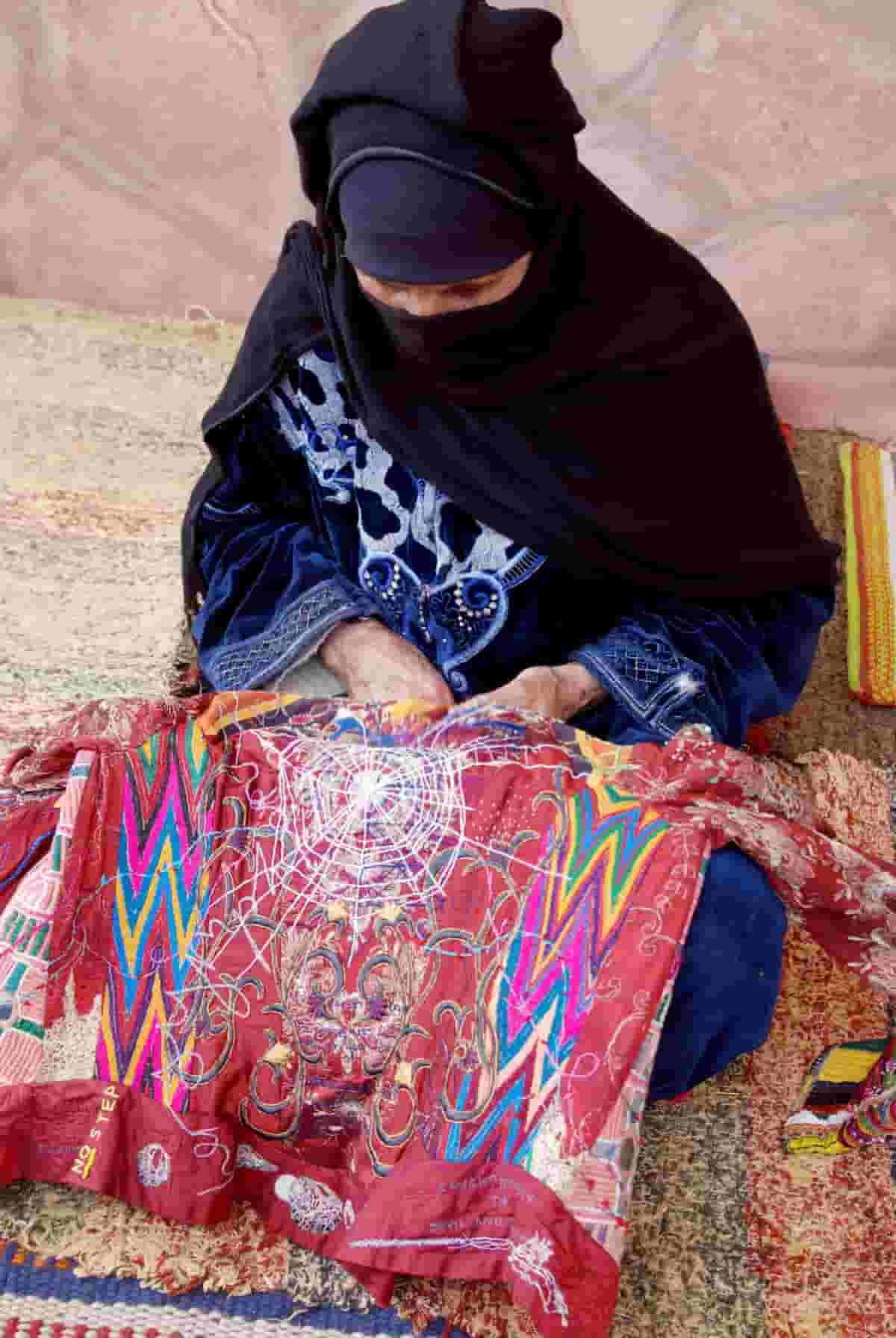


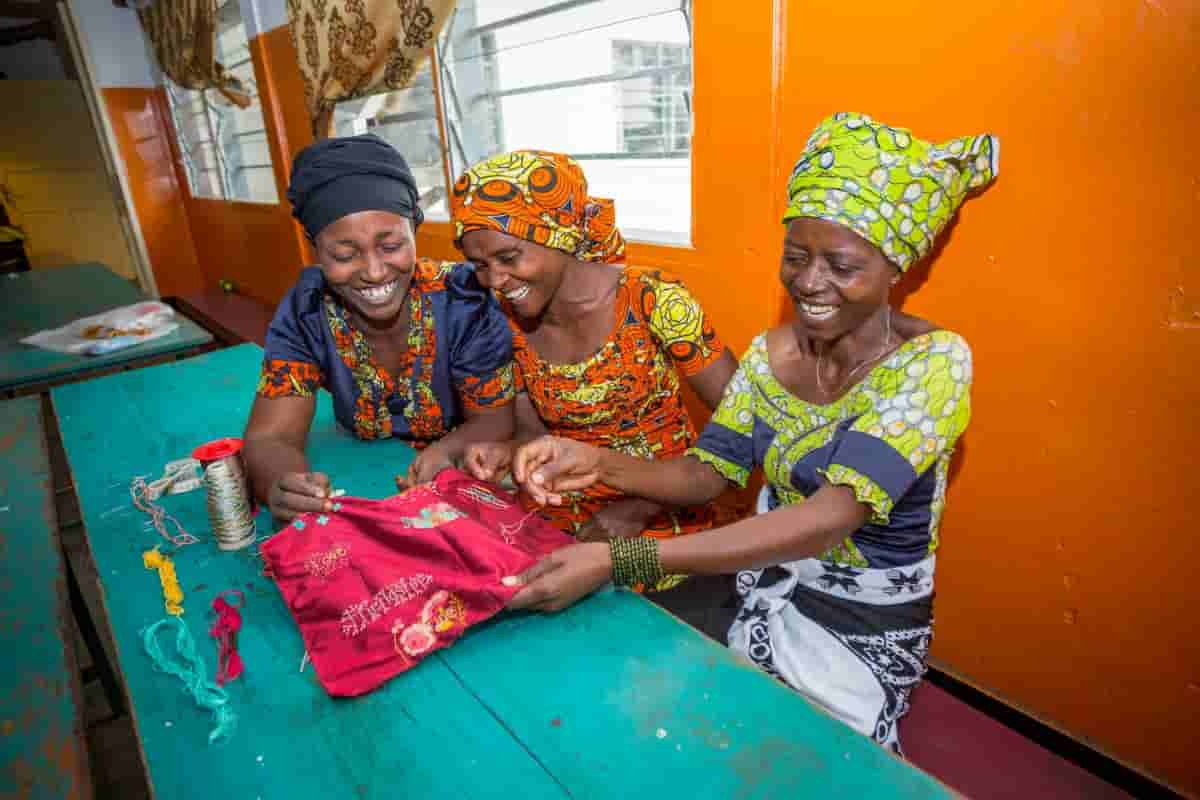
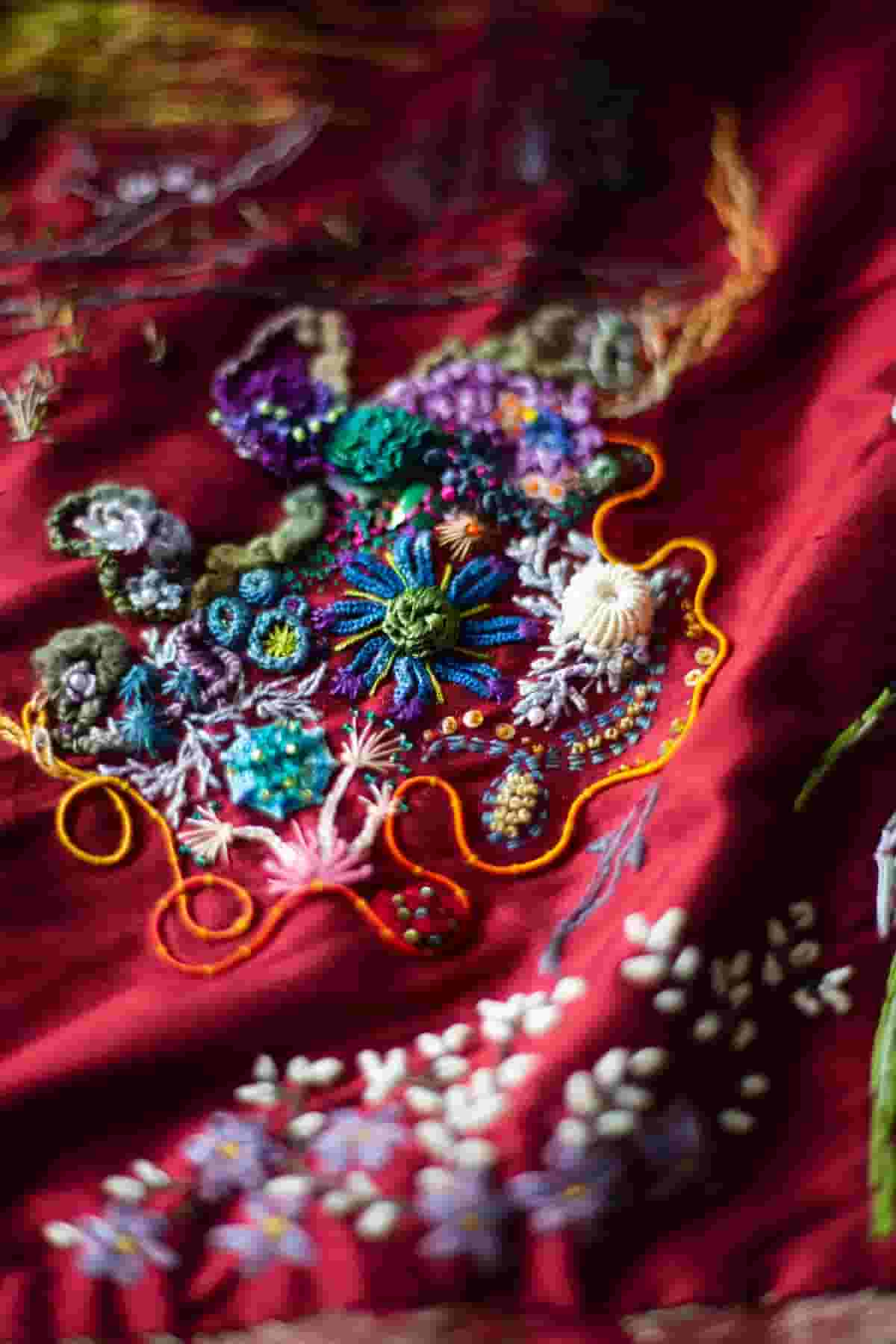
Om onvervangbaar te zijn, moet je altijd anders zijn.
Er zijn fascinerende beelden hier, en de fascinerende dag van samen! xo
─────────────────────────────────────────────────────
Per essere insostituibili bisogna sempre essere diverso.
Ci sono immagini affascinanti qui, e l’affascinante giornata di insieme! xo KanikaChic
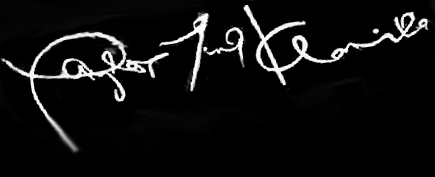

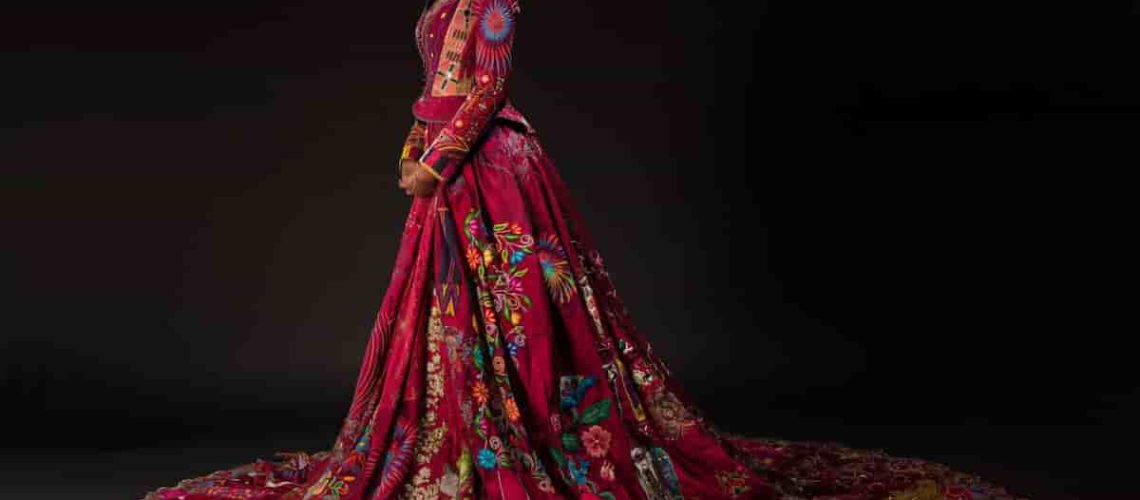


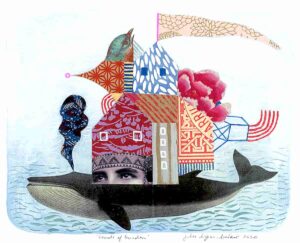









tadalafil citrate powder
tadalafil citrate powder